Request for orchid plants
Billsc
2 years ago
Featured Answer
Comments (6)
Related Discussions
Requesting Idenfication of the following plants
Comments (6)As far as what squash, dunno. I've had different squash have patterned leaves over the years but I have not noted which varieties. What kind of seeds did you plant? Pumpkin? Zucchini? Or?? You could try asking in pumpkins, squash & gourds forum. But the best bet would see what kind of fruit it produces if you can not recall what kind of seeds you planted. FataMorgana...See MorePlant ID: Woodland Plant, possible wild orchid or lily family ?
Comments (3)Definitely not the Epipactis Helleborine. This particular plant stays in this form, and doesn't really sprawl when (if) it flowers. It seems to stay very compacted. If I recall, the flower was set in the leaves instead of forming out, if that makes any sense! I'll have to keep an eye on it every day to watch for a flower....See MorePlant ID Requested
Comments (7)What do suspect it could be Embothrium? There aren't any henbits that look like that, are there? I missed noticing stem hairs. It would be strange and unlikely to get Salvia divinorum seeds in a Nasturtium packet, and come to think of it, that Salvia hardly ever blooms let alone produces viable seeds. I can't detect any stem hairs from my phone screen, and my laptop is broken so?...See MorePlant ID Request - Looks like a 6' Tall Black Eyed Susan
Comments (6)Herbstonne is a laciniata cultivar with green disks and leaves with 3 leaflets, and not 1 leaf with 3 lobes like this plant. Several sources say R. triloba reaches 5', and one gave 6'. Now, those petals?...See MoreBillsc
2 years agoPat Z5or6 SEMich
2 years ago
Related Stories
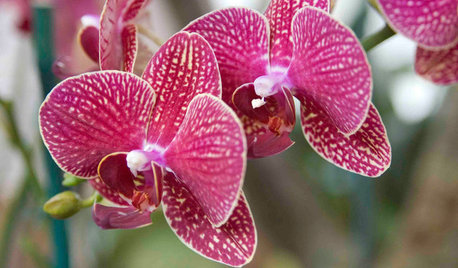
HOUSEPLANTSOrchids 101: How to Keep Your Moth Orchids Alive and Blooming
Growing Phalaenopsis — and getting it to flower again — is easier than you might think
Full Story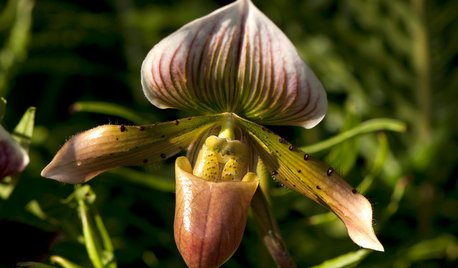
HOUSEPLANTSOrchids 101: Slipper Orchid Success
If you don’t already love Paphiopedilums, learning how to grow them with ease might change your mind
Full Story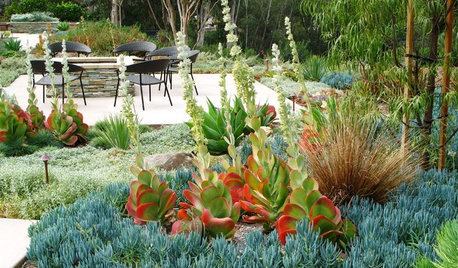
GARDENING GUIDESGreat Design Plant: Paddle Plant
If you're looking for awesomely strange foliage and low care requirements, this succulent is right up your alley
Full Story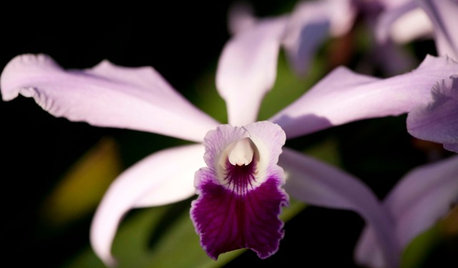
HOUSEPLANTSOrchids 101: Classic Cattleyas
These traditional corsage orchids can easily be a part of your collection of blooming plants
Full Story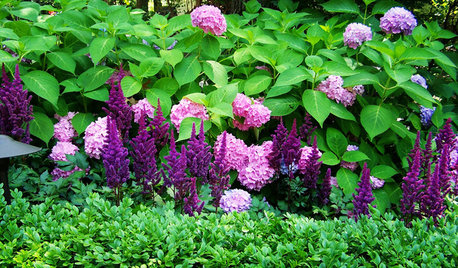
FLOWERS9 Plants That Channel Pantone’s Color of 2014
Try these pinkish-purple wonders to be right on trend — or just for their own captivating beauty
Full Story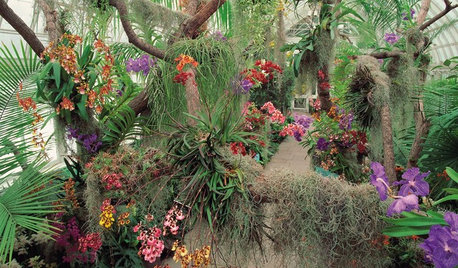
FLOWERSSee the Amazing Orchids Unfolding at a New York Garden Show
Get an eyeful of awe-inspiring orchids in incredible colors and learn how to keep one happily blooming at home
Full Story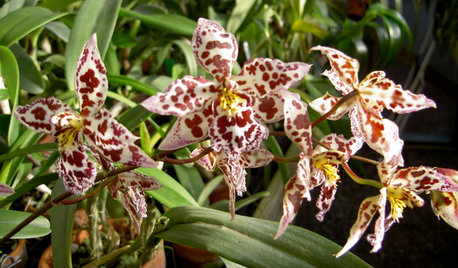
FLOWERSOrchids 101: Frilly Oncidiums Dance Their Way to Center Stage
Sprays of flowers characterize these New World orchids
Full Story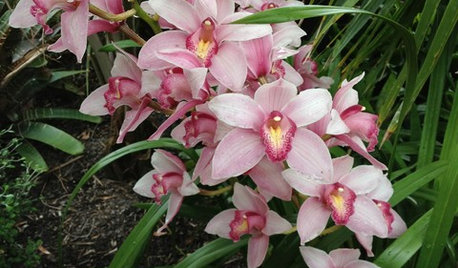
FLOWERSOrchids 101: Cymbidiums Add Beauty Indoors and Out
Their large, long-lasting flowers give them a place of honor in homes and gardens
Full Story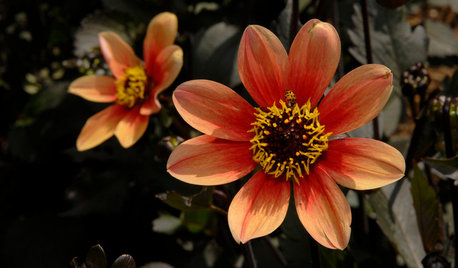
FLOWERSGreat Design Plant: Dahlias
Pick this flamboyant stunner for its amazing array of colors and faces, fast growth and sizes that can fill a pot or a whole garden
Full Story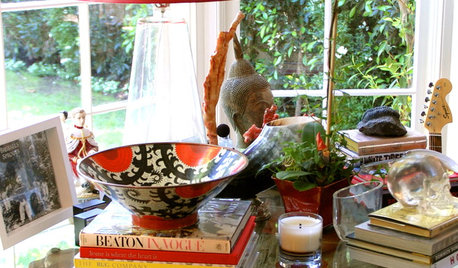
DECORATING GUIDESIndoor Gardener: Orchids Bring Beauty to Decor
Beautifully blooming orchids add elegance and grace to entryways, bathrooms and decorative vignettes
Full StorySponsored




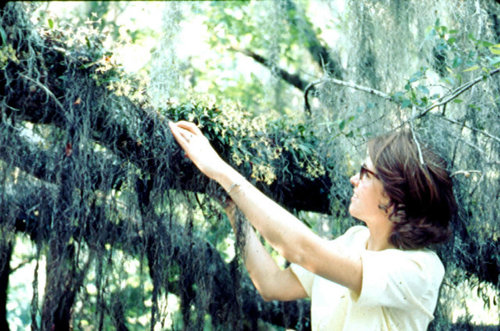
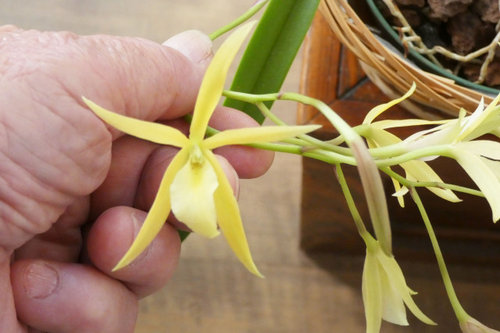
tsugajunkie z5 SE WI ♱